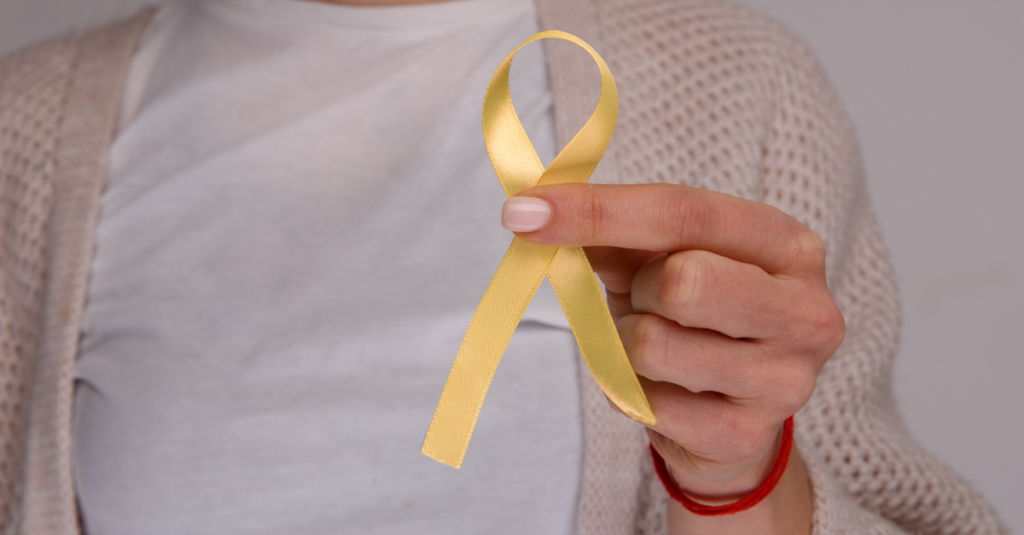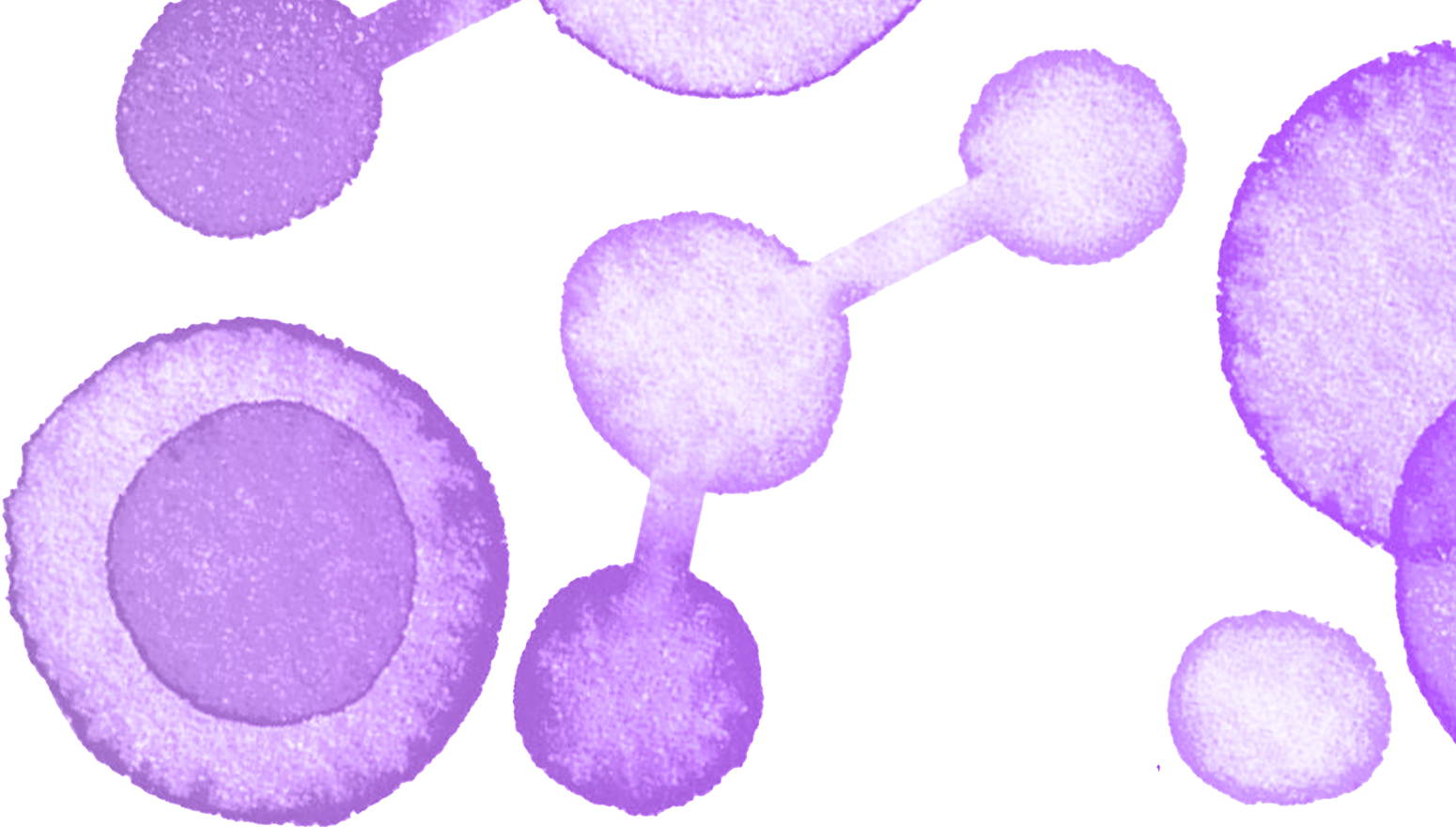
I have just had an investigative laparoscopy after many years of pain and discomfort.
I’m in my late 20s now but have experienced symptoms and pain since I was about 14 years old.
Why didn’t I do anything sooner? I have asked myself the same question many times, but I felt dismissed, embarrassed and discouraged. I learned to manage my pain to a certain extent, and I was also fearful that it could end up being something psychological and not biological. This was probably my biggest fear after years of being told my symptoms were likely stress-related.
When I think back, I knew from the start it was more. I graduated (with a biology degree) and eventually went on to work in IVF, and yet I still tried to ignore my own body. When I finally decided to reapproach the topic of my own health, it took two years to have the right conversations with the right people to be ready to investigate further.
I was fortunate to meet an incredible female gynecologist and surgeon who listened and almost immediately offered me the surgery I required. I was hesitant however, and kept finding reasons to delay or find something more important to do with my time.
I slowly realized that this was a good thing to investigate.
The specialists, my family and close friends all supported my decision to finally listen to the voice telling me to have a look. It also became important for me to understand the impact this could have on my fertility.
I had never been under general anesthesia and, to be honest, never really stopped and rested. This was perhaps the biggest challenge. I can honestly say it was just not that bad – not as bad as I thought the recovery or rest would be. It has given me time to process just how long I ignored my own warning signs.
I have read books, cooked nutritious meals and allowed the wounds to begin to heal. I just took the dressings off and have three tiny, incredibly neat scars.
I now have the information I need to lift years of anxiety from my shoulders. I don’t think my life will radically change, but I do think I have regained some confidence over my own body.
As I have spoken more openly about this journey to other women, friends, family, and even colleagues, I have learned I am certainly not alone. Too many of us accept pain or discomfort as part of our daily lives without pushing for more answers. It is challenging to push for answers as a woman, and there are lots of hours required on the phone, paperwork to sign, appointments to attend and, sadly, in many cases, money spent to eventually make it far enough to be taken seriously.
I just hope that over the next decade we have more research on women’s health, more funding in our health systems and more understanding that we know our own bodies better than anyone else.
So, if you have the question “Could it be endometriosis?” on your mind,
there is a reason you are asking.
At time of publication the author is still awaiting an official diagnosis.
Endometriosis is a condition where cells similar to the ones in the lining of the womb (uterus) are found elsewhere in the body. It may spread to the ovaries, fallopian tubes, uterus, bowel or bladder, or anywhere inside the abdominal cavity. These cells react to the hormonal changes during the menstrual cycle each month and also bleed. As there is no way for this blood to leave the body, this can cause inflammation, pain and the formation of scar tissue.1,2
Despite the fact endometriosis impacts 10% of women and those assigned female at birth worldwide3, many are still unaware of the condition and its impact. The prevalence of endometriosis in women with infertility can be as high as to 30–50%.4 On average it takes women in the UK 8 years from onset of symptoms to get a diagnosis.5 In the USA the process is even longer at 10 years.2 Pelvic pain is the primary symptom, and because it can be attributed to many different conditions, such as irritable bowel syndrome, the symptoms of endometriosis are often misdiagnosed. The condition is also commonly overlooked or downplayed as “normal” period cramps among young women.2

1. www.endometriosis-uk.org/what-endometriosis
2. www.yalemedicine.org/conditions/endometriosis#
3. Rogers PA, D’Hooghe TM, Fazleabas A, et al. Priorities for endometriosis research: recommendations from an international consensus workshop. Reprod Sci 2009;16(4):335-46
4. Meuleman C, Vandenabeele B, Fieuws S, Spiessens C, Timmerman D, D’Hooghe T. High prevalence of endometriosis in infertile women with normal ovulation and normospermic partners. Fertil Steril 2009;92(1):68-74.
5. Endometriosis in the UK: Time for Change – APPG on Endometriosis Inquiry Report 2020


